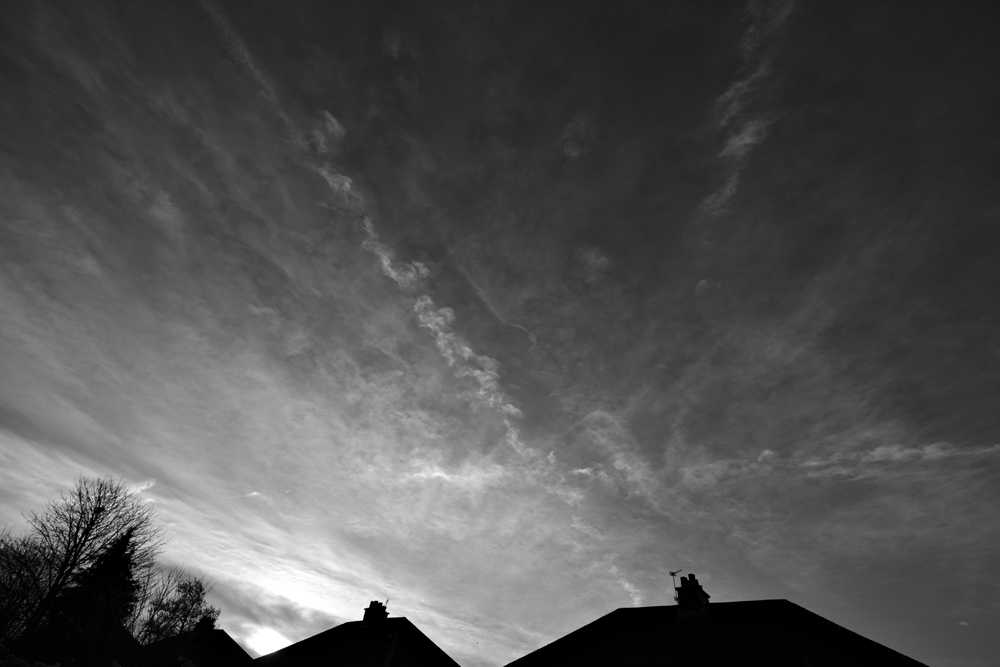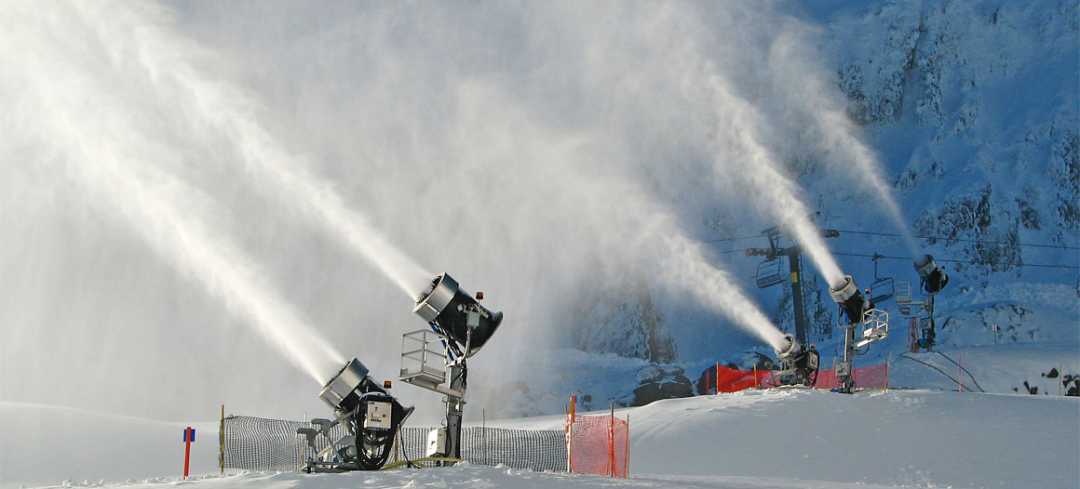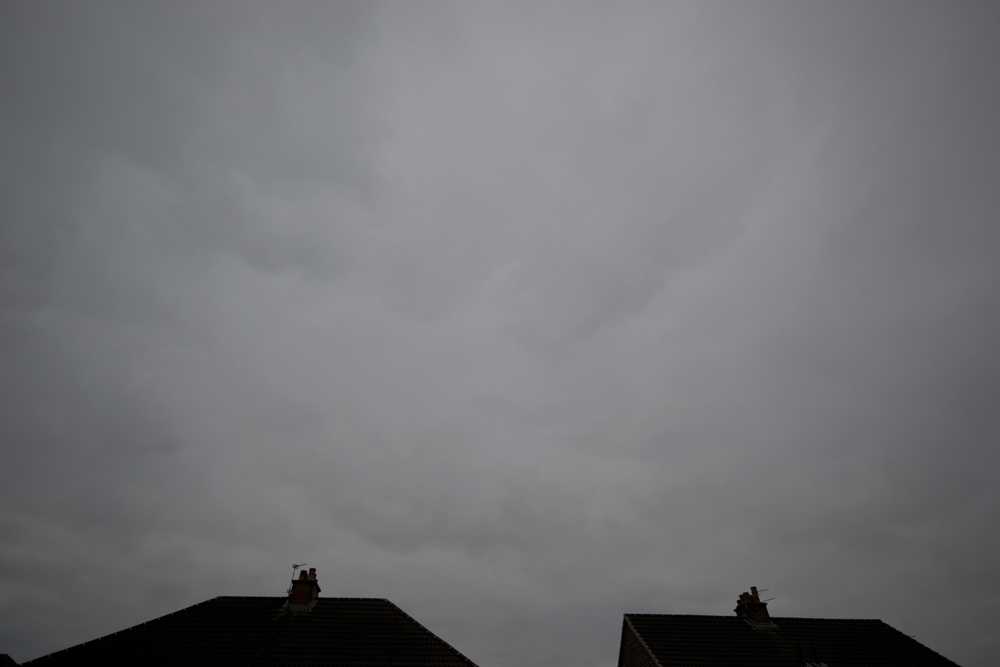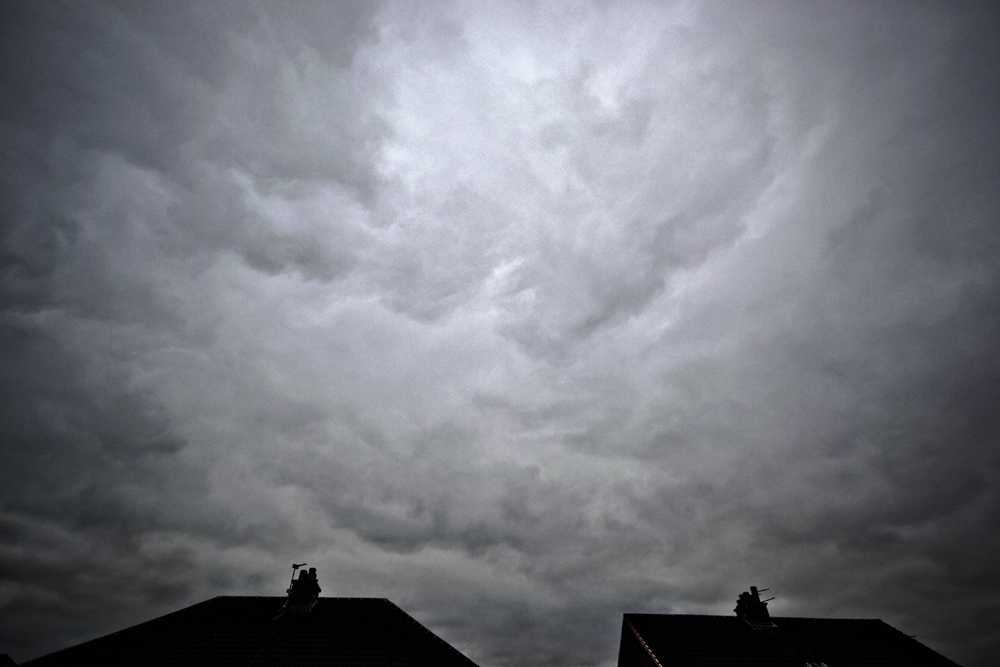Forum Replies Created
-
AuthorPosts
-
December 11, 2017 at 9:19 pm in reply to: To ‘shop, or not to ‘shop, Photoshop is the question #246307
Alec Jones
ParticipantWe’re getting some good feedback on this topic which is very much appreciated.
My own position on this question is that I’m comfortable with all types and degrees of processing/manipulation whether it be delicate, light curves adjustments just to give an image a bit of a ‘lift’ to the opposite end of the spectum where you enter a world of pain with extreme pixel-wrenching agony to achieve some ‘in your face’ creative effect. Most of my formative years up to my late twenties were spent in my home darkroom producing prints for our local camera club exhibitions. In my own experience, there was far more processing/manipulation involved in that sort of work than is generally required today by most digital images.
In my view, processing/manipulation doesn’t begin after you have taken the photo but from the moment you see a potential subject and decide to place a camera between you and it. This continues all the way down the chain until the moment you are satisfied with the result, either an image on screen or a print in your hand. I don’t believe there is such a thing as au naturel. It’s all approximation and subjective bias. Natural for one person is highly processed for another.
@Hans I don’t have any deep seated passion for the subject but merely curiosity. It occurred to me one day some time ago whether I could photograph a scene that looked totally monochromatic even though in reality it was full colour. Moreover, I wanted to see how far I could push this idea. The image I posted under “Heavy” was one of the better ones I produced, it certainly had you fooled for a time! To try to describe the effect I came up with the neologism “achromatic chromaticity”, literally colour without colour. Certainly not scientific, just a product of my overheated imagination.Alec Jones
ParticipantGood man, go for it!
Alec Jones
Participant
Sunroof.
Alec Jones
ParticipantMy mind can be a fairly vague, nebulous, inaccurate and untrustworthy place at the best of times H, but hopefully people will catch my drift.
The image you link to has a beautiful zero order glow, very nice indeed.
Alec Jones
Participant@ Michael Super! I’d love to see that one in colour.
@ Keelin Those wisps have slightly helical tails, one of my all time favourite shapes.
@ Hans Ha! What have I unleashed?! In “The Call of Cthulhu“, Lovecraft describes the horror thus, “A monster of vaguely anthropoid outline, but with an octopus-like head whose face was a mass of feelers, a scaly, rubbery-looking body, prodigious claws on hind and fore feet, and long, narrow wings behind.“. You can almost see it’s gaping maw dripping with sticky ichor…..
Alec Jones
ParticipantThis effect is observed extremely frequently by those who take an active interest in contrails. Whether it can be likened to castellanus or not is a moot point. All I would say on the matter is that many of the large scale atmospheric variables which act upon and help to form certain types of clouds also have an effect on a smaller scale on contrails. So who knows?!
I remember discussing the possibility of introducing a classification of contrails many moons ago. Perhaps it would be useful and opportune to re-open that discussion once more?
Alec Jones
Participant
“I could not help feeling that they were evil things – mountains of madness whose farther slopes looked out over some accursed ultimate abyss. That seething , half-luminous cloud-background held ineffable suggestions of a vague, ethereal beyondness far more than terrestrially spatial; and gave appalling reminders of the utter remoteness, separateness, desolation, and aeon-long death of this untrodden and unfathomed austral world.”― H.P. Lovecraft, At the Mountains of Madness
Alec Jones
ParticipantHello Hans,
I’m sorry it has taken me so long to get back to you. I tried several times to reply yesterday evening but the system wouldn’t accept my post. In the end I had to ask CAS support for help and they suggested that the problem might be due to me trying to post links (either too many or of the wrong type) in my reply. Consequently I have had to scrap my original reply. However, in short I think it is a fragment of the suncave Parry over the 22/UTA. A circumscribed halo is formed where the upper tangent arc meets the lower tangent arc and does so when the sun is 29 degrees or higher. It also changes shape depending upon solar elevation. In your observation, one would require a much wider angle of view to capture the circumscribed so I cannot comment one way or another.
I hope this helps.
Best,
A
Alec Jones
Participant
“And when winter came upon us, Grus flew south….” – Tales of Grus
Alec Jones
ParticipantGlad to be of some assistance!
Alec Jones
ParticipantHa, nothing so mundane as Lorentz, Hans! Sometimes down the rabbit hole things get weird…..
Alec Jones
ParticipantThis is a nice, bright diamond dust display, rather than one formed in high cloud. It was probably caused by the snow canons at Vemdalen ski resort. These snow guns produce almost perfect crystals which contribute to the intensity seen here. Indeed, the best halos can form up to a couple of kilometres down wind from the cannons. No rare halos in the above display though. The image below gives you an idea of what they look like in operation.

Alec Jones
ParticipantThank you very much for your kind words, Keelin and Hans, much appreciated!
This morning, I conducted a little experiment. The sky was uniformly grey and uninteresting; visually there was very little texture to be seen. Most enthusiasts, even the most ardent, will stifle a yawn and will probably not think of venturing out with their camera. However, such conditions can conceal hidden treasures. I purposely took one image just to prove my point, dull, flat, lacking all semblance of life and vitality. The image you see below is an unprocessed jpeg conversion straight from RAW. Nothing to get excited about there I hear you muse.

However, after zapping the temporal field manifold of the RAW in darktable, juicing the Beyer functionality in Fiji and applying the Corvidova-Planck tau particle filtration module in PS, boom, we get something like this,

I don’t consider it to be a particularly good photo but it does demonstrate quite neatly how an interesting image can be crafted from a rather unprepossessing original. Many different images can be extracted from a single source if you apply a little thought and creativity. Another example of achromatic chromaticity, colour not B&W.
Alec Jones
ParticipantHi Mike,
Good to know you’re still around! Yes, still at school though not teaching and still have the Hawaiian shirts. My, you do have a good memory! For several years, I had a print of one of your B&W images over my desk at work, though I lost it in the process of several re-locations. Looking back through our e-mail exchange I managed to find it,

Bring back any memories?
@Hygge. Thanks for reminding me about the rainbows. I may do a post about higher order rainbows in the near future and hopefully the good people on the forum might be able to help me out.
Alec Jones
ParticipantHi Hans,
I have just been on a trip down memory lane. I managed to access the old forum and found the discussion which instigated the very first B&W thread,
http://www.network54.com/Forum/385606/thread/1325221171
and the thread itself,
http://www.network54.com/Forum/385606/thread/1327852496
At 5.42pm on December 31st 2011 I said,
“I would also like more people to try and experiment with B&W as well as colour. Most of the classic cloud photography in the past was almost exclusively B&W. It’s only in recent years that colour has become predominant. Both have their place imo. If there is any interest, perhaps we could run a little in-house forum thread/competition for B&W images only? Anyone interested?”
I can’t believe that this off the cuff remark is still reverberating down the years! I remember those days fondly; we had a lot of fun and a great deal of good humoured banter and leg pulling. Perhaps if I stick around long enough, we might once more attract the great Dr. Corvidova to grace these boards….but that’s another story!
-
AuthorPosts









